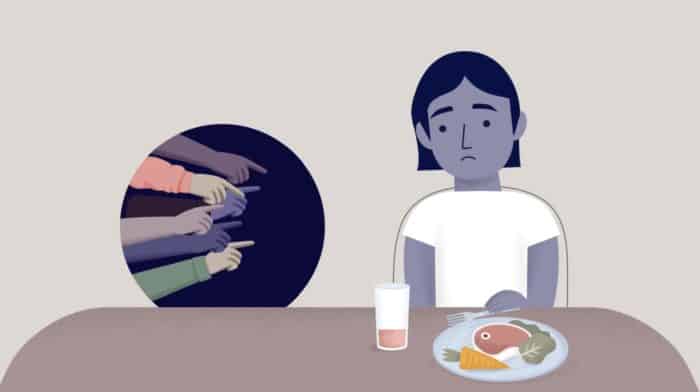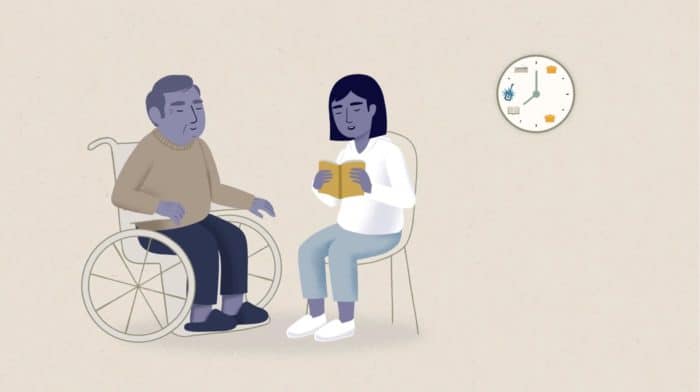How To Protect Yourself From Common Caregiver Injuries
As a caregiver, you’re probably going to have to physically help the person you’re caring for at some point. Protecting yourself from injury is one of the most important things that you can do. You can’t help someone else if you’re injured. In this video, we’ll give you some back and body saving tips to help make sure you’re in the best shape possible.
As a caregiver, you’re probably going to have to physically help the person you’re caring for at some point
Protecting yourself from injury is one of the most important things that you can do. You can’t help someone else if you’re injured.
In this video, we’ll give you some back and body saving tips to help make sure you’re in the best shape possible
First, be careful not to overreach when you’re helping someone.
For instance, if they’re in bed, and you need to roll them to put a bed pad under them, walk to the other side of the bed to pull it through, instead of reaching over them.
Keep items you need close to you. When you’re preparing for a task, gather the supplies you’ll need first so you don’t have to run to get them or reach for them
How you hold your body, or your posture, is also very important. Keep your back straight, your feet apart about the same width as your shoulders, use your knees to bend instead of your lower back and avoid twisting
Try and keep the person you’re helping close to you by sliding them towards you before turning them in bed or getting as close to them as possible before helping them with a transfer.
There are a lot of assistive devices that you or the person you’re caring for can use to help.
If they’re in bed, using a slider sheet or garbage bag under them will help make moving them in bed easier.
Using grab bars or transfer poles when standing will also help take the strain off of you.
If they require more help, there are also mechanical lifts that can be used. An occupational therapist through the Local Health Integration Network or LHIN can help you decide if a mechanical lift is needed and the best type to use.
Slips and falls can also seriously injure you or them.
Even though it’s very hard, if the person you’re caring for is falling, do not try to hold them up or pick them up from the floor.
Guide them to the floor safely if you’re able to, try and position them comfortably and call your local non-emergency line for a paramedic. They will come and help them off of the floor using a technique called a lift assist so that you don’t have to.
Also, remember to prevent yourself from falling by wearing non-slip footwear and following the tips you can see in our falls prevention video.
The best way to prevent yourself from being injured is to make sure you’re in your best shape.
Eating a healthy diet, maintaining a healthy weight and exercising will help prevent muscle injuries.
A physiotherapist might come from the LHIN to help set up an exercise plan for the person you’re caring for. If this is the case, you can always do the same exercises right along with them.
The biggest thing you can do to help prevent injuries is to ask for help when you need it.
If you’re finding that the person you’re caring for is getting heavier, harder to transfer and you’re in pain, reach out to your family, friends, and community for help when you can.
Talk to your local LHIN care coordinator, the person you’re caring for might qualify for personal support worker services for personal care and that will be a big help
Caregiving can be a physically demanding role, using the resources you have around you like assistive devices or LHIN services can literally take some of the weight off of you (/alt translation: help you stay safe)
For more information on how to access LHIN services or how to prevent injuries, check out the care guide in the description. As always, for more videos like this, visit CareChannel.






